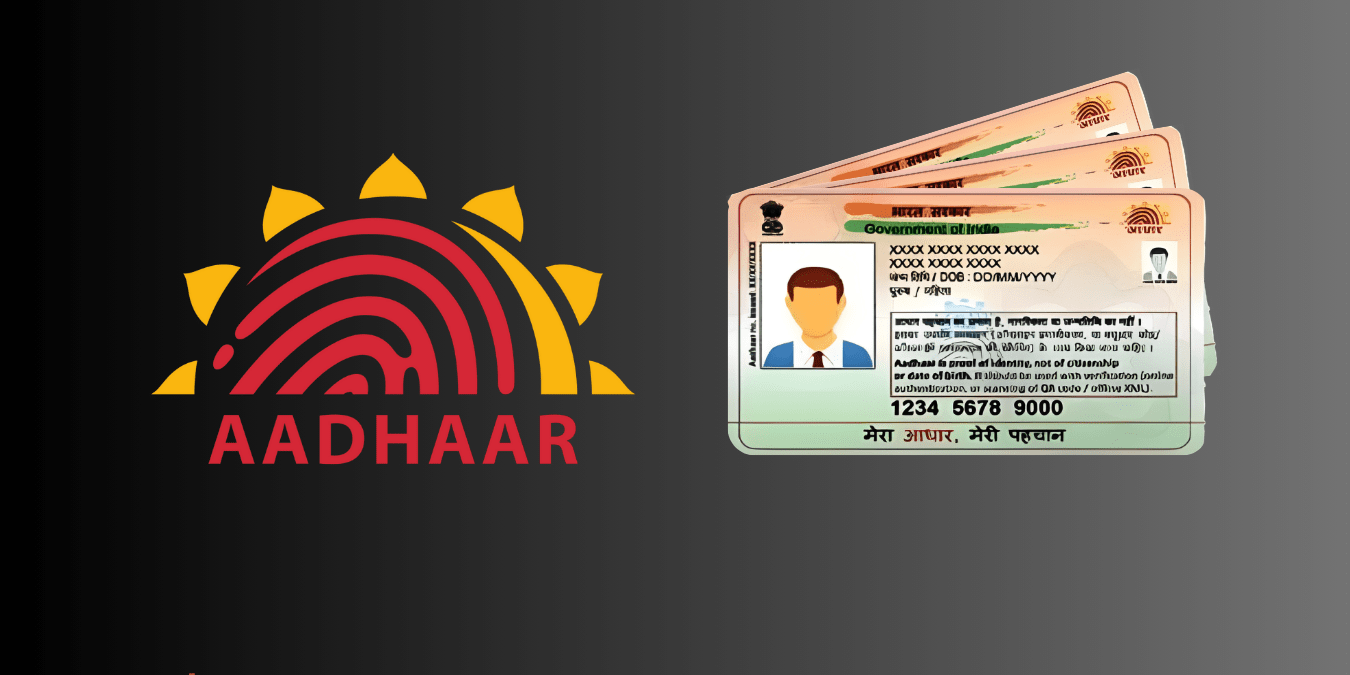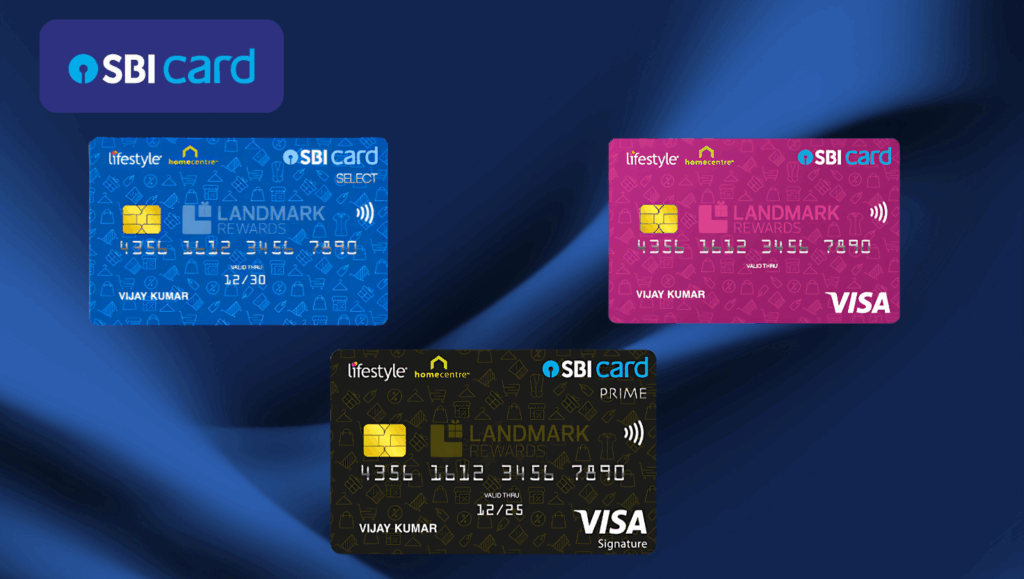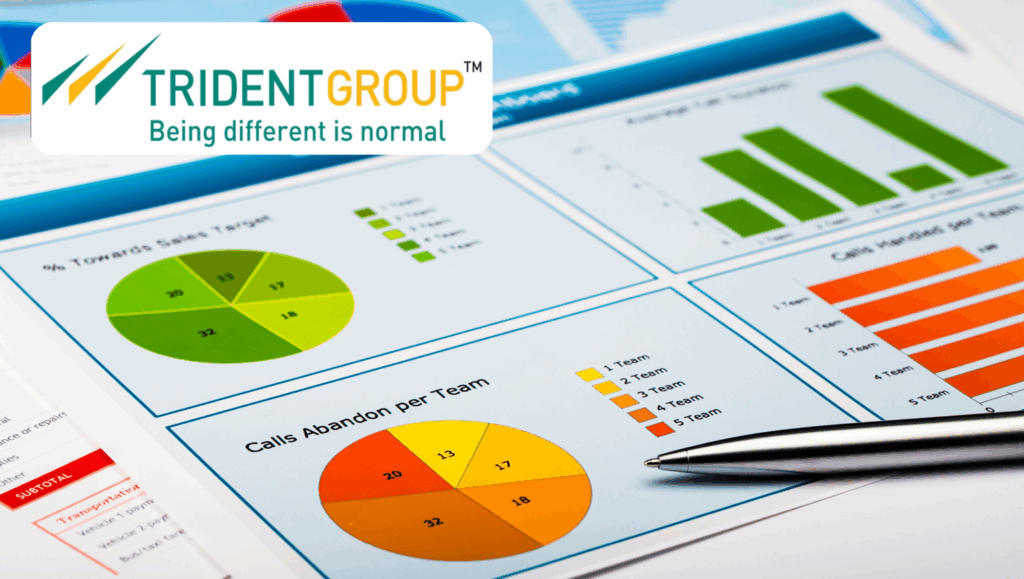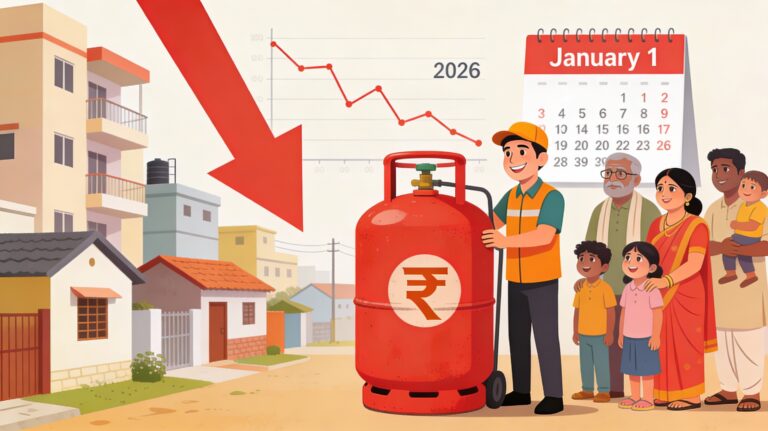
Aadhaar Fees Hiked After 5 Years in October 2025: What’s Free, What’s Not
From October 1, 2025, Aadhaar updates will quietly cost more — ₹75 for changing basic details, ₹125 for biometric refreshes — ending a five-year freeze. But here’s the twist: one crucial update remains completely free until September 2026, and it impacts millions of families. Why did UIDAI raise fees now? Is it just about rising costs, or part of a bigger plan for a smarter, more secure digital ID? The answer may reshape how you update Aadhaar in 2025 — and what you pay next year.
Walking into an Aadhaar centre this month and realizing the cost of a simple update isn’t what it used to be. That’s right — for the first time in five years, the Unique Identification Authority of India (UIDAI) has revised Aadhaar service fees effective October 1, 2025. This change affects millions who rely on Aadhaar for everything — from opening bank accounts to filing taxes and accessing government benefits.
The revision has triggered widespread conversations — not just about higher fees, but also about what’s still free, what’s not, and how these tweaks might signal a broader shift in India’s digital identity framework. Here’s everything you need to know, simplified, analyzed, and packed with insights that matter right now.
Why the Change Now? The Hidden Story Behind the Hike
The last Aadhaar fee revision happened in 2020. Since then, UIDAI has modernized its infrastructure, expanding digital verification, e-KYC, and authentication systems. Yet, the operational cost per user update—powered by secure biometrics, document verification, and data validation—has surged sharply.
For five years, the fees remained unchanged despite inflation, digitization demands, and upgraded cybersecurity standards. October 2025 marks the first substantial recalibration — balancing cost recovery with public accessibility.
A top UIDAI official quoted in media reports said the new structure ensures “better service delivery and system upkeep while keeping affordability intact.”
New Aadhaar Fee Chart (Effective October 1, 2025)
| Type of Update | Old Fee (Before Oct 2025) | New Fee (Effective Oct 2025) | Mode of Update |
| Demographic update (Name, Address, DOB, Gender, Email, Mobile) | ₹50 | ₹75 | Aadhaar Seva Kendra, Enrolment Centre, or Online with biometric confirmation |
| Biometric update (Photo, Fingerprint, Iris) | ₹100 | ₹125 | Aadhaar Seva Kendra or Authorized Centre |
| Document update (uploading identity/address proof) | ₹50 | ₹75 | Online or CSC |
| Children’s mandatory biometric update (Ages 5–7 & 15–17) | ₹50 | Free (Till September 30, 2026) | Aadhaar Enrolment Centre |
What Exactly Counts as a Demographic Update?
Aadhaar demographic data includes critical personal details that directly tie your identity to your Aadhaar record. The ₹75 fee applies whenever you change or correct:
- Your name (for example, after marriage or spelling corrections)
- Your address (after shifting residence)
- Date of birth (with document proof)
- Gender or mobile number/email address
A demographic update can be done both online or offline, except for changes requiring biometric validation which must be done at an authorized centre.
Smart Tip: Always double-check your submitted data before final confirmation — a mistaken entry will now cost you ₹75 again to fix.
Biometric Updates: Why They Matter More Than Ever
Your biometric data — fingerprints, facial photo, and iris scan — form the backbone of UIDAI’s security ecosystem. These are used daily in Aadhaar authentication for:
- Banking and KYC
- Government subsidy verification
- PAN-Aadhaar linking
- Direct benefit transfers (DBTs)
As UIDAI tightens security measures and upgrades its biometric capture systems, the ₹125 charge reflects the use of upgraded hardware, certified operators, and advanced encryption during updates.
Hidden Insight: UIDAI has recently rolled out new facial recognition verification tools in select enrollment centres. This integration ensures faster recognition — but at a cost that now gets passed partly to users.
The Silver Lining: Free Updates for Kids
Here’s the surprising part — not all updates will pinch your pocket. UIDAI has made biometric updates for children aged 5–7 and 15–17 completely free until September 30, 2026.
Why it matters:
- Kids undergo major physiological changes, making biometric recapture mandatory.
- These updates help prevent future mismatches during important verifications like passport applications or scholarship schemes.
Parents can walk into any Aadhaar Seva Kendra or authorized enrolment centre with the child’s original Aadhaar and supporting documents — no appointment or payment required for these mandatory updates.
How to Update Aadhaar: Step-by-Step (2025 Version)
Here’s the latest, simplified update process now active under UIDAI’s revised system.
1. Online via myAadhaar Portal
- Visit myaadhaar.uidai.gov.in.
- Log in with your Aadhaar number and OTP.
- Select “Document Update” or “Address Change”.
- Upload new proof of identity or address.
- Pay the revised ₹75 fee online using a card or UPI.
- Receive an acknowledgement slip for tracking your update.
2. Offline at Aadhaar Seva Kendra (ASK)
- Carry original supporting documents.
- Provide Aadhaar number and biometric verification.
- For biometric updates, fingerprints, iris, and new photo are recaptured.
- Pay ₹75 for demographic or ₹125 for biometric changes.
- Collect the printed acknowledgment receipt.
3. Through Common Service Centres (CSCs)
- Ideal for rural/semi-urban areas.
- Similar charges apply as in Ask Centres.
- Some CSCs may support combo updates (demographic + document) at one go.
Quick Reminder: Changes usually reflect within 3–10 working days in your Aadhaar record. You can check status via the UIDAI portal or SMS confirmation.
Online vs. Offline: Which Is Smarter?
| Feature | Online Update | In-Person Update |
| Convenience | High – do it from home | Moderate – visit required |
| Verification Type | Document-based | Biometric or document-based |
| Fee (as of Oct 2025) | ₹75 | ₹75–₹125 |
| Time to Reflect | 2–5 days | 5–10 days |
| Ideal For | Address or minor demographic changes | Biometric or multiple data corrections |
If your Aadhaar details are visibly incorrect or you’ve faced repeated KYC errors due to fingerprint mismatch, the offline route is safer and more accurate.
What This Means for 1.3 Billion Aadhaar Holders
UIDAI’s fee revision isn’t just a cost tweak — it’s a move towards digital accountability and infrastructure upgrade. With nearly every financial, telecom, and welfare process linked to Aadhaar, the quality and reliability of its database have become mission-critical.
Analysts predict that updated biometric hardware and AI-driven data validation could reduce duplication and fraud cases by up to 25% by FY 2026.
At the same time, for citizens, this also signals the end of the free-service phase in India’s digital identity management. Expect fees to align with maintenance costs as UIDAI integrates Aadhaar with new-age digital identity ecosystems like:
- DigiLocker 2.0 for smart document access
- National Digital Health ID (ABHA)
- FaceRD-based KYC tools for fintech verification
The Broader Digital India Context
This change comes at a defining moment for India’s digital framework. With nearly 99.9% of adults enrolled in Aadhaar and over 1.5 billion authentications per month, maintaining and upgrading the system is no small feat.
UIDAI’s revised charges may serve as a precursor to a next-gen Aadhaar ecosystem integrating AI-driven verification and global interoperability. India is positioning Aadhaar as not just an ID tool but a future digital passport for service access, from healthcare to MSME loans.
Industry experts believe the small hike will help fund better service reliability, faster online updates, and upgraded verification software across enrolment networks.
Pro Tips: Save Time, Avoid Repeat Visits
- Use correct spellings and formats in demographic updates — UIDAI follows strict document-matching rules.
- Keep documents scanned in high resolution (under 2 MB each) when updating online.
- Avoid weekends for physical visits, as Aadhaar Seva Kendras face heavy crowding after fee changes.
- Check free update eligibility for children before paying — some centres may not auto-detect exemption.
- Track updates online via your Aadhaar acknowledgment number to avoid misinformation.
These small precautions can save you multiple re-visits — and extra fees.
Key Takeaways
- Effective Date: October 1, 2025.
- Demographic Update Fee: ₹75 (earlier ₹50).
- Biometric Update Fee: ₹125 (earlier ₹100).
- Document Upload Update: ₹75.
- Children’s Mandatory Biometric Update: Free till September 30, 2026.
- Mode: Online (myaadhaar.uidai.gov.in), Aadhaar Seva Kendra, or CSC.
- Rationale: First hike in 5 years aimed at system modernization and cost recovery.
The Future of Aadhaar: Beyond Identification
Aadhaar is evolving from just an identity proof to a ‘Smart Digital Anchor’ — connecting individuals with multiple government and private ecosystems seamlessly. The 2025 revision aligns with UIDAI’s ambitious NextGen Aadhaar 2.0 program rolling out AI-backed verification and cloud-grade infrastructure upgrades by 2026.
With rising cybersecurity costs and the need for faster, error-free authentications, Aadhaar’s journey is shifting from static ID to dynamic digital trust architecture — and these new fees are just the first visible step.
Final Thought
Starting October 2025, Aadhaar updates will cost more — ₹75 for basic details, ₹125 for biometric changes — marking UIDAI’s first hike in five years. While it adds to citizens’ pockets, it also hints at a smarter, more secure Aadhaar. But here’s the twist: biometric updates for children remain free until September 2026. So, is this fee hike a burden or a step toward a future-ready digital India? The answer may surprise you once you see what UIDAI plans next.






























